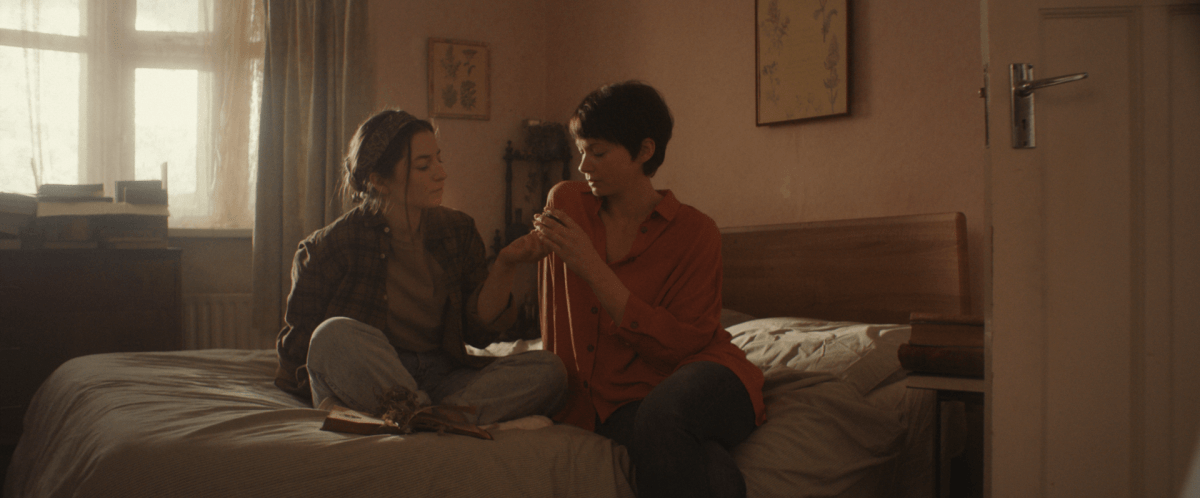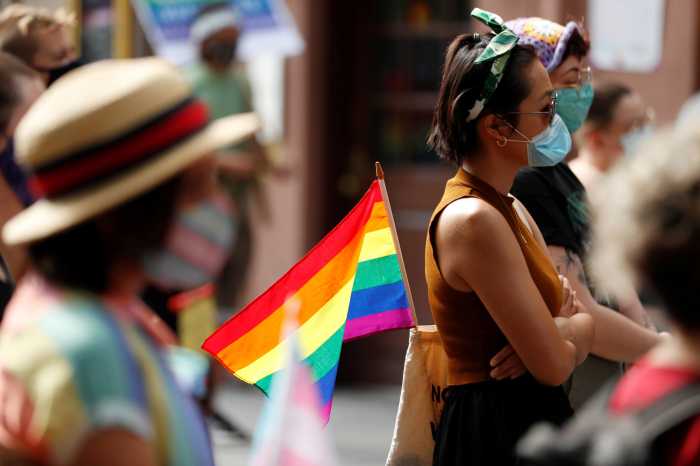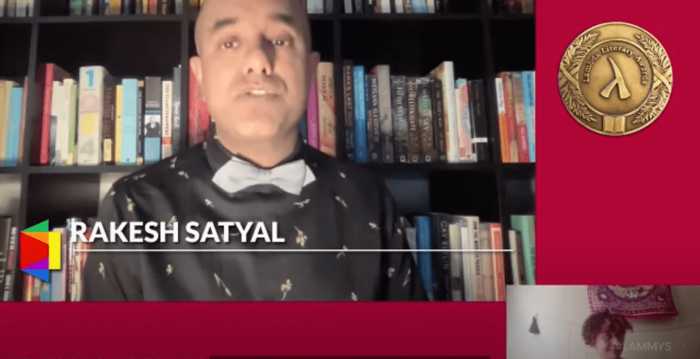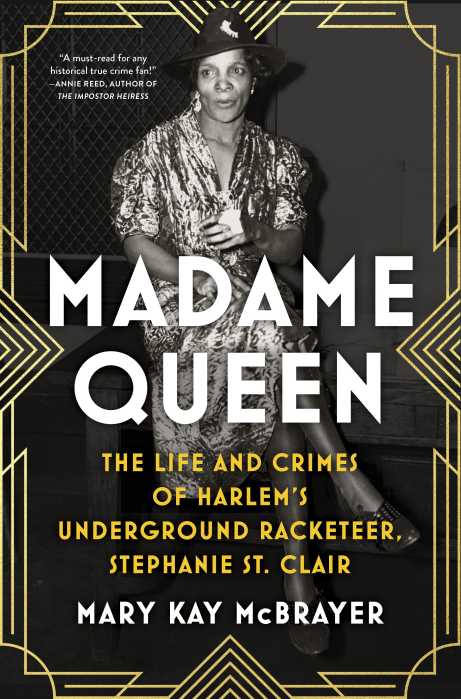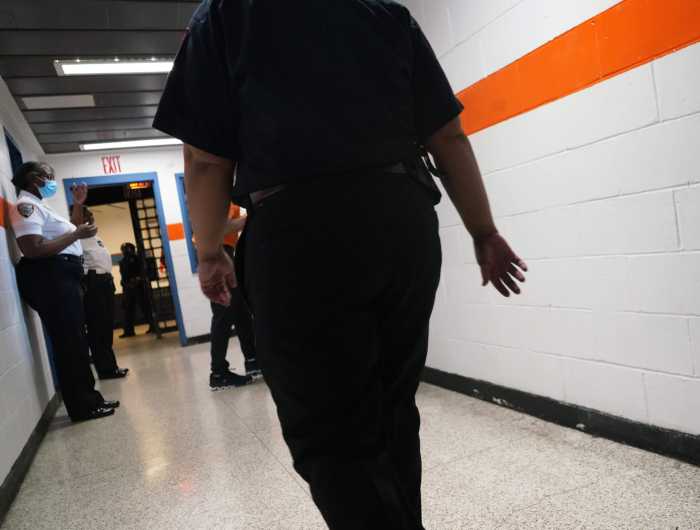Char (Hazel Doupe), the protagonist of Irish queer writer/director Kate Dolan’s nifty slow-burn folk horror film “You Are Not My Mother,” is a troubled teen. Her home life is fraught because her mom, Angela (Carolyn Bracken), is depressed, and school is not much better. While Char is smart — she skipped a grade — she is mercilessly bullied by her classmates. When Angela disappears one morning after dropping Char off at school, it is concerning. But when she reappears not that much later, it is perhaps even more concerning: Angela has changed. What is going on is slowly revealed over the course of this atmospheric film.
In a recent interview, Gay City News chatted with Dolan about making “You Are Not My Mother.”
What is the appeal of horror films for queer viewers in general and lesbians in particular?
As a queer person, you have a feeling of otherness, or being on the fringe — so not in the mainstream. There is a draw to monsters. As a kid, I loved the Universal monster movies, and there is something you see of yourself in them. You are kind of “the other” in a way.
Char is a bright teen who feels real pressure in dealing with her family, as well as from her peers. Can you talk about creating her character?
The inspiration for the film came from being a young person coming of age in a family where you are forced to grow up too soon. When you are that age, you don’t have any escape; you are dependent on those around you. It’s seeing your parents for the first time in a way unlike you’ve seen them before. They are not infallible, or on a pedestal. It also has to deal with having a parent who is physically or mentally ill in a space like that where you do not have much support. I wanted to talk about how mental health in a family affects someone coming of age.
How did you conceive the narrative, the horror elements, and the various beats of the storyline? The river scene, and Char’s mother dancing, are creepy.
The atmosphere we wanted to create was capturing a home environment where you don’t feel safe or protected and having to navigate that. The film is inspired by an unstable parent, and how that makes you feel, and how you perceive them. That ambiguity informed the genre beats — is it a mental health problem, like bipolar, or something else? The “genre” scenes came from a place where they could they feel real — unhinged behavior of a parent who is unwell in some way — and real behavior that would scare you. Even in the most innocuous way, when you see your parents drunk for the first time and that’s scary as a kid. But also, they were informed by Irish folklore, where there is a feeling that bodies of water are gateways to other worlds and act as liminal spaces, so the river scene was informed by that.
The film is set at Halloween, and there are discussions of the thin line between this world and the next. There is much talk about fires and bonfires, and talismans for protection. What research did you do on these folk elements that informed the story?
In Ireland, Halloween is very much celebrated in a Pagan way. Samhain, the Gaelic Pagan holiday that Halloween is based on, is November 1. It is the harvest festival and Pagans would light bonfires to protect you from the otherworld. The dead could come through on that night, so the bonfire is to scare them away. I wanted to show the talismans and protective things, too, I did research on witchcraft and Paganism. There were a lot of powerful women in Ireland who were seen as witches; they were known as fairy doctors who would heal you, but they were kind of phased out. There were fun women in Irish Pagan history, and the granny character is representative of those older generations of women. I wanted to show that magical history through her giving that talisman to Char. I love magic in a very banal setting.
Char, her mother Angela, and her grandmother, Rita (Ingrid Craigie) all have different personalities. The title suggests something is amiss. What was your intention regarding the depiction of motherhood?
In Irish culture and history, women have had an extra raw deal being in a very Catholic, patriarchal society. We have only liberalized that in recent years, so we have a lot of tragic stories of women and mothers in Ireland. Before the Catholics took over, we had a Pagan society, and women had more independence. They were revered and admired, and that was something I was thinking about making this film. In Paganism, there is this three-goddess symbol — the maiden, the mother, and the crone. I was raised by my single mother, and we lived with my grandmother for a while. I am them, and they are me, and we are all Irish women. I wanted to show the different struggles intergenerational women come up against, and how that is each their own and how they are linked.
There is a homoerotic vibe between Char and her classmate Suzanne (Jordanne Jones) as they go from enemies to friends. Can you talk about creating the subtle sexual tension?
It was funny, because when I was writing the script, I didn’t realize what was going on; my queerness just filtered through. The film is so much about Char’s experience with her family, so it was more of her having an ally than a romantic interest, but when we read through it, the script editor said, “What is going on between these girls?” I questioned it more and made it more overt. Jordanne asked me about Suzanne’s sexuality. I said, “I think she’s gay, but she’s in an environment that she doesn’t want to advertise that. But she is confident enough that she can explore it a little bit.” With Char, when you are going through traumatic family events, it’s hard to explore yourself and see what’s happening beyond what’s happening with family, so you don’t have space to think about your sexuality. Both actresses are queer, so they have had relationships with women before, so they understood the assignment. They brought it to life. Some people would not pick up on it at all, but their chemistry added a whole level to it.

